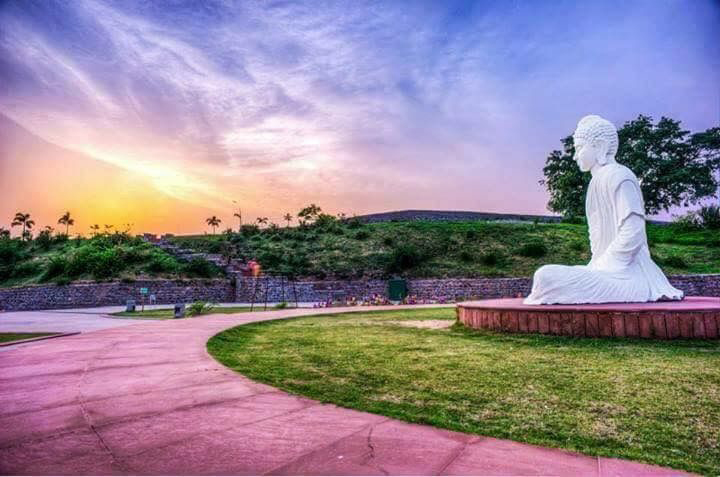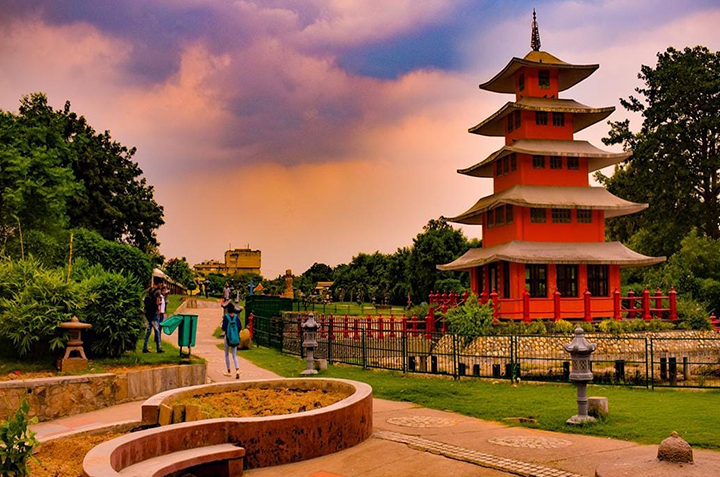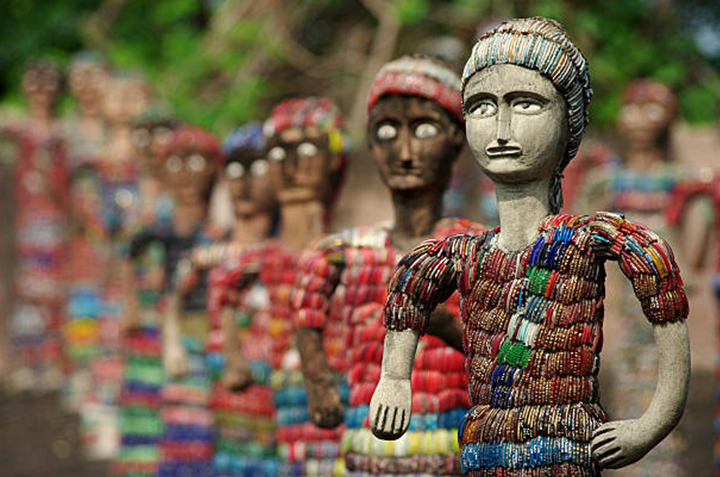

Chandigarh, often known as the City of Beauty, is a picturesque Indian city and the capital of Haryana and Punjab. Enchanting gardens, stunning architecture, a tranquil lake, and other attractions all contribute to the city’s moniker ‘The City of Beauty.’ Chandigarh was one of the country’s earliest planned cities, and its infrastructure and diverse landmarks attest to its impressive growth. Exploring Chandigarh, one of India’s cleanest cities, is sure to delight anyone. Lush vegetation, multi-hued flowers in several enchanted gardens, relaxing water elements such as fountains, and a variety of other natural attractions will let you reconnect with nature. If you plan to visit Chandigarh during your forthcoming sabbatical, knowing the city’s well-known monuments and characteristics will make your trip more enjoyable then Hotel Mountview is definitely the place you can opt for.
Chandigarh derives its name from the temple of "Chandi Mandir" located in the vicinity of the site selected for the city. The deity 'Chandi', the goddess of power and a fort of 'garh' laying beyond the temple gave the city its name "Chandigarh-The City Beautiful".
The city has a pre-historic past. The gently sloping plains on which modern Chandigarh exists, was in the ancient past, a wide lake ringed by a marsh. The fossil remains found at the site indicate a large variety of aquatic and amphibian life, which was supported by that environment. About 8000 years ago the area was also known to be a home to the Harappans.
Since the medieval through modern era, the area was part of the large and prosperous Punjab Province which was divided into East & West Punjab during partition of the country in 1947. The city was conceived not only to serve as the capital of East Punjab, but also to resettle thousands of refugees who had been uprooted from West Punjab.
In March, 1948, the Government of Punjab, in consultation with the Government of India, approved the area of the foothills of the Shivaliks as the site for the new capital. The location of the city site was a part of the erstwhile Ambala district as per the 1892-93 gazetteer of District Ambala. The foundation stone of the city was laid in 1952. Subsequently, at the time of reorganization of the state on 01.11.1966 into Punjab, Haryana and Himachal Pradesh, the city assumed the unique distinction of being the capital city of both, Punjab and Haryana while it itself was declared as a Union Territory and under the direct control of the Central Government.



